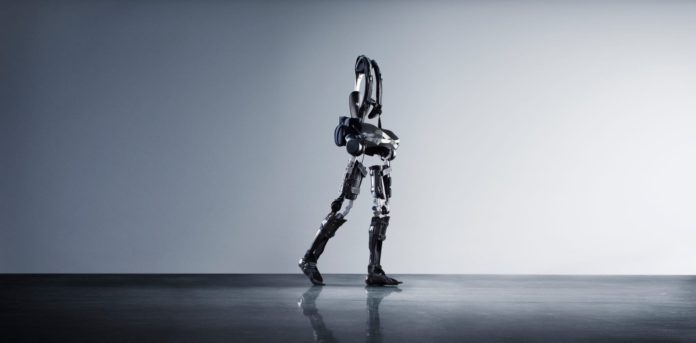Almost 20% of spinal cord injuries result in tetraplegia, a paralysis resulting in partial or total loss of use of all four limbs. Neuroprosthetics is constantly evolving to manage this condition and thus improve the lives of patients. Scientists at the Grenoble University Hospital in France are conducting an ongoing clinical trial that uses brain signals to drive an exoskeleton.
Two bilateral wireless epidural recorders were implanted in the brain of a 28-year old man with a C4-C5 spinal cord injury. Each recorder contained 64 electrodes and was placed in the upper limb sensorimotor areas of the brain. The ECoG or Epidural electrocorticographic signals were processed online by an adaptive algorithm and the commands were sent to the exoskeletons. This study lasted 24 months, with the patient performing various mental tasks to increase the number of degrees of freedom.

In these 24 months, the patient was able to control a virtual avatar that simulated walking and made multi-jointed movements such as wrist rotations. This effort resulted in him being able to walk slowly in the suit and then stop, as per his will. The continuous brain-machine interface system caused a tetraplegic patient to achieve up to eight degrees of freedom that could simultaneously be controlled using a unique model.
This is an impressive breakthrough with the hope that one day, people in wheelchairs will be able to walk using their minds. Finding a way to be able to make the exoskeleton balance by itself is the next task at hand. This product is far from being publicly available but is nevertheless a long stride in scientific progress.
Further Reading


